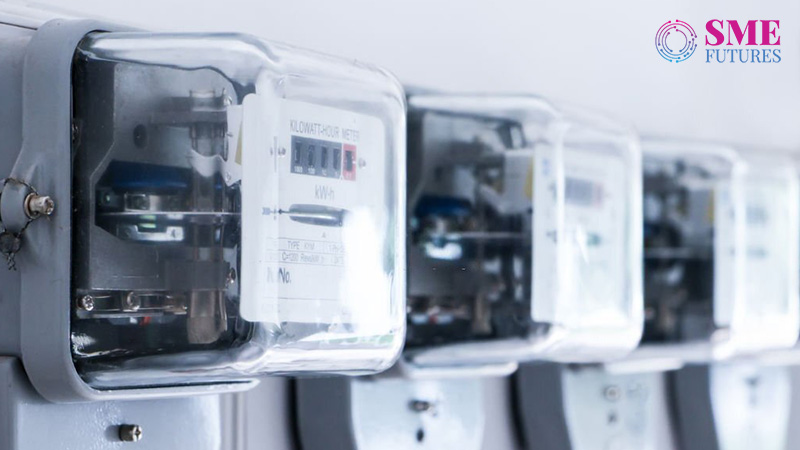Merchant power tariffs have been sold on exchanges may average more than Rs 6 per unit this quarter, which is the highest for any quarter in the past five fiscal years. This resulted from the skyrocketing prices of imported coal due to the geopolitical uncertainties stemming from the Russia-Ukraine conflict, and healthy growth in power demand (8-9 per cent annually).
The high merchant tariffs, together with increasing volumes at exchanges, will benefit 34 giga-watt (GW) out of a total 73 GW private coal-based capacity in India. The remaining private capacity is either fully tied up with discoms or is likely to face coal shortage, noted CRISIL analysis.
Nearly 100 per cent of the power sold on exchanges by the coal-based gencos, is produced using either imported coal or domestic coal procured through e-auctions, whose premiums are linked with imported coal prices. Consequently, merchant power tariffs have a high correlation with imported coal prices and have, along with coal prices, been on the rise since August last fiscal.
Indeed, in March, merchant power prices went through the roof to Rs 8.2 per unit as against an average of Rs 4 per unit in the previous 11 months last fiscal year. The spurt was due to the Russia-Ukraine conflict, which heightened fears of coal shortage as Russia is the third-largest exporter of non-coking coal, with a nearly 15 per cent share in global exports. Imported coal prices were 50 per cent high in March vis-à-vis the previous 11 months.
Speaking of the price hike, Director at CRISIL Ratings, Ankit Hakhu said, “International coal prices have eased from the March peak but may remain over US$ 90/tonne this quarter if the conflict prolongs. Meanwhile, demand at power exchanges is on the rise. In March, the volume of transactions in the Indian Energy Exchange (IEX) was up by 16 per cent year-on-year across market segments (overall volumes were up 38 per cent annually in fiscal 2022). In the current quarter, the early onset of summer and a recovering economy will keep power demand high. With growing power demand and coal prices high, we expect merchant tariffs to remain over Rs 6 per unit on average this quarter.”
High merchant rates are positive for power generators at large, though only some will be able to benefit this quarter, based on their location and ability to sell power on exchange.
On the other end, the coal shortage will shut out approx. 15 GW of private coal-based capacities as these are either under stress and lack the adequate working capital to pick up domestic coal at market rates or rely extensively on imported coal, which will be in short supply. In fact, imports declined by over 40 per cent in fiscal year 2022.
A further 24 GW is fully tied up with discoms and hence may not be available for sale on the exchanges. Talking about which, team leader at CRISIL Ratings, Snehil Shukla stated, “Net-net, ~34 GW of private thermal capacities will be able to sell power on exchange, though offtake will depend on the ability of state discoms to purchase this high-cost power or opt for the power outage.”
“Plant load factor (PLF) at these plants jumped ~900 basis points (bps) on-year in March and is expected to increase by 200-300 bps more. Higher PLFs will mean improved fixed cost recovery. However, operating margin per unit will remain at similar levels due to higher cost of generation offsetting high merchant prices,” shukla added.











